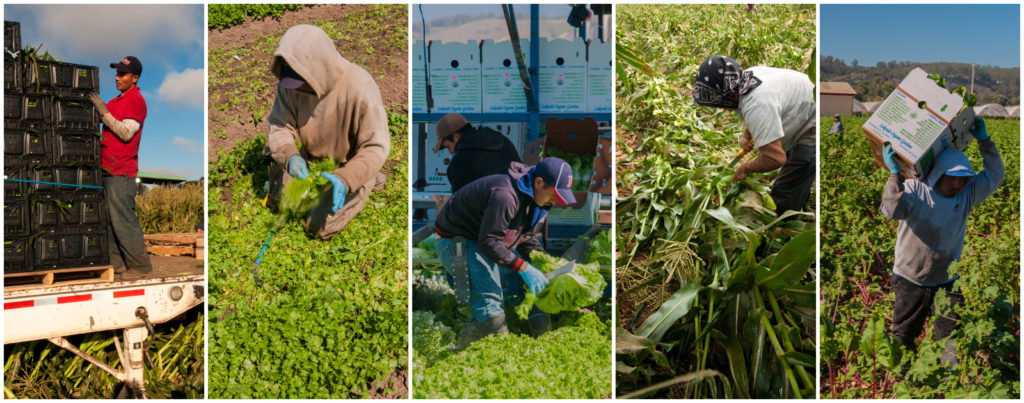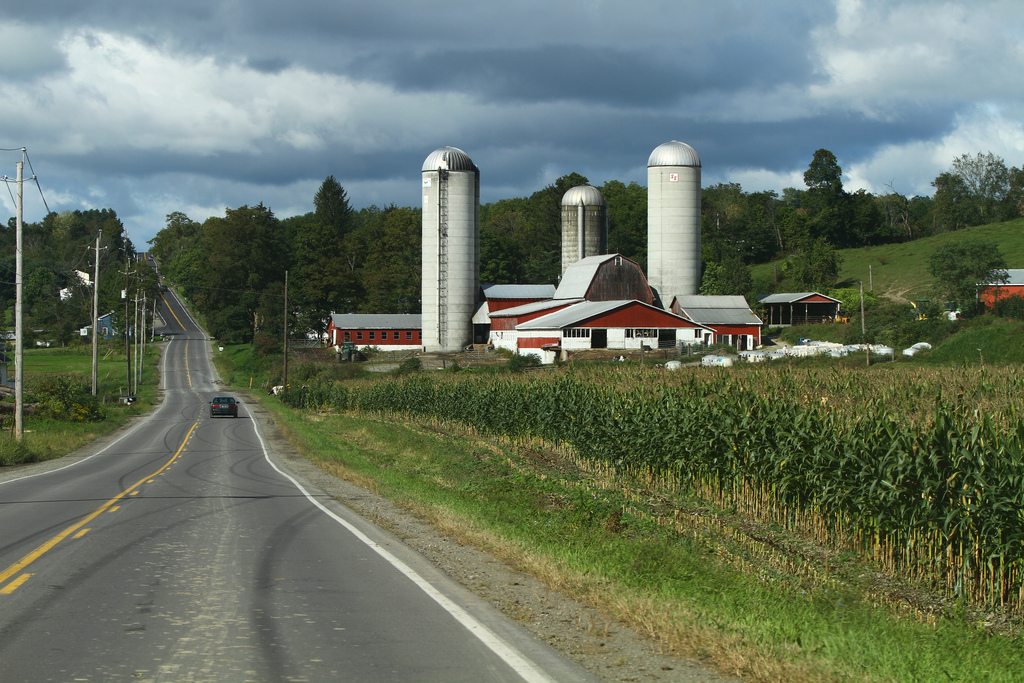
Photos by USDA / Collage by New Food Economy
On Friday, the Centers for Disease Control and Prevention (CDC) confirmed that a widely cited result on farmer suicides was wrong. Over the past several months, numerous writers and reporters have relied on the finding, originally from a 2016 CDC report, to argue that farmers have the highest suicide rate in the country. That report found that workers in the “farming, fishing, and forestry,” job category killed themselves at over four times the national average, far and away the highest in the study.
But on Friday, Courtney Lenard, a public relations official, confirmed to us in an email that CDC had misclassified farmers as farming, fishing, and forestry, or “Triple-F,” workers. This error inflated the suicide rate for Triple-F workers and made any conclusions about farmer suicides impossible to determine. The revised rate for Triple-F workers is now third among occupational groups in the study, while CDC has yet to release a suicide rate for farmers.
Although the study suggested it was agricultural workers, not farmers, who had a high suicide rate, the media focused relentlessly on farmers. As politicians began to write the 2018 Farm Bill, they referenced the high rate of farmer suicide, assertions that rested on CDC’s research. The original draft of the Senate farm bill included language that would have restricted, if not excluded, agricultural workers from access to a program designed to boost mental health services to all agriculture-related occupations. The Senate has since amended the bill to include agricultural workers, but legislators could still remove that expansive language or even kill the program.
None of this is to say that farmers do not have a high suicide rate. Lenard wrote us that CDC misclassified 90 farmers into the Triple-F category: if we divide them by our estimate of the total number of farmers (using the same survey as CDC did) we get a rate that could be as high as fourth in the study.
Agricultural workers are 80 percent Hispanic and have household incomes around $23,000 a year. Their employers, farmers, are almost entirely white and have household incomes around $79,000 per year. When a study came out that ostensibly had nothing to do with farmers and everything to do with farm workers, journalists chose to omit the latter group from their reporting almost entirely. Politicians may now do the same in the farm bill. Researchers make mistakes, as do reporters and politicians. But what is much less certain is whether they will do right by some of the most exploited workers in the country.
UPDATE: This story was updated at 11:12 a.m., EST on June 28, to reflect that the Senate had adjusted language to include agricultural workers in its farm bill language on mental health support. You can find that text on page 656 of the farm bill.










